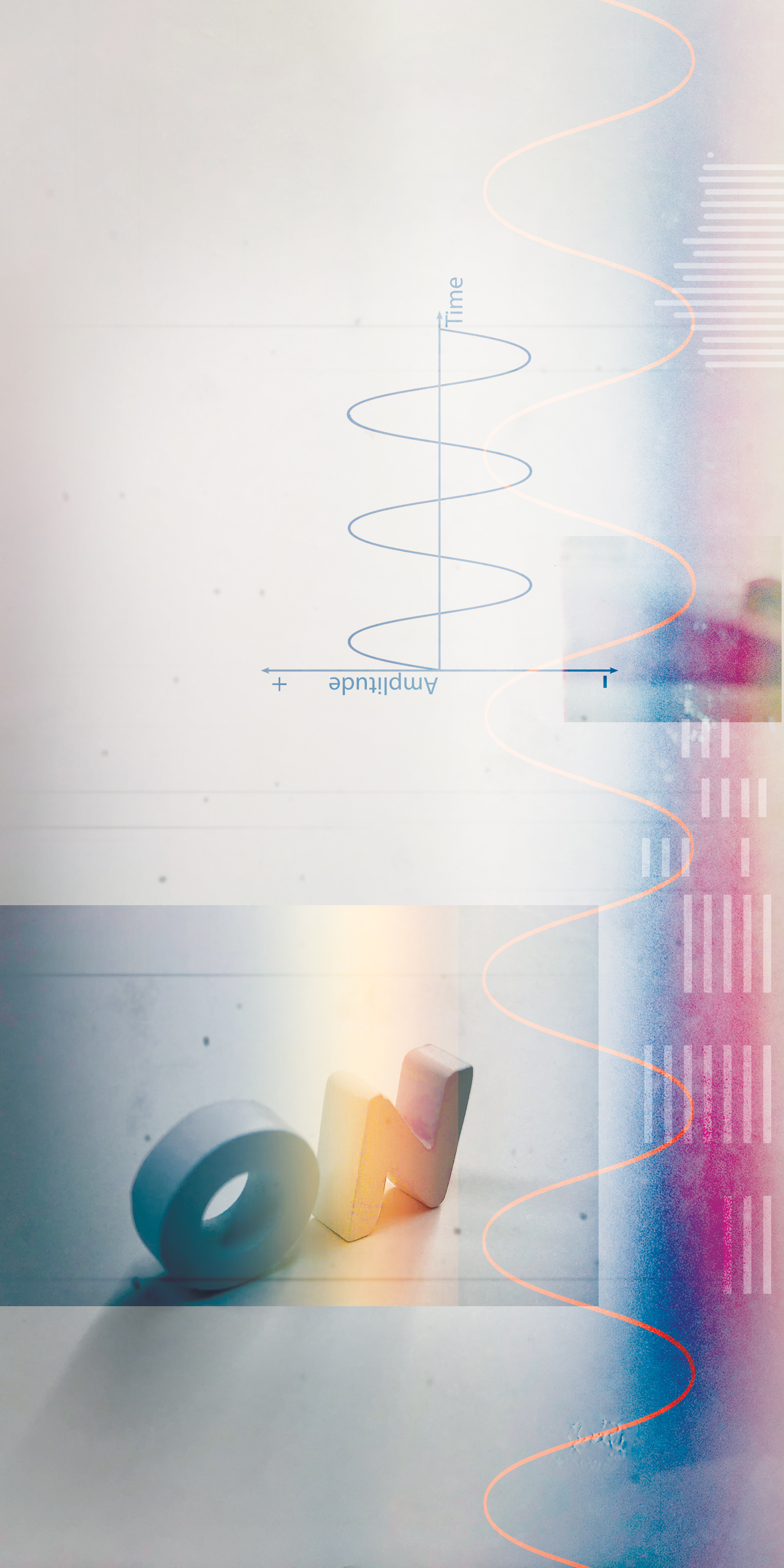The Baby Audio Atoms Physical Modeling Synthesizer plug-in is a wild virtual instrument created in collaboration between Baby Audio (plug-in developers in Pasadena, California) and Silvin Willemsen, a Postdoctoral Researcher at the Eindhoven University of Technology (Netherlands). What stands out to me is Atoms' complex "physical mass-spring" modeling synthesis approach, a unique feature that sets it apart from other synthesizers. Imagine a bow on a series of tensioned (or weighted) springs, and you might get a sense of the instrument's baseline sound. Atoms excels in constructing sounds from a distant, strange chamber containing only pseudo-acoustic instruments from an alternate universe. It could be quite helpful to producers or composers looking for sounds slightly to the left of traditional strings or pitched percussion.
Upon the first launch, Atoms displays some helpful quick start tutorial content guiding users through the basics of the interface, which lends itself well to experimentation with only six main panel knobs, and several other secondary controls (envelope parameters, LFOs, reverb, etc.). There is a resonant low-pass filter section that helps further sculpt the sonorous Hans Zimmer-like tones you can patch with relative ease.
Two patch creation tools are available that are interesting, if not essential, to the synth. First, Atoms' Randomizer feature is more than just a haphazard toss of the dice. It's a tool with subtle guardrails, ensuring the creation of musical results. Baby Audio describes its take on randomization as a "musically calibrated algorithm that selectively adjusts each parameter based on its relationship to the others." Second, the Recycler feature is used to create subtle variations on the current patch and can be thought of as a secondary "fine-tuning randomizer." Designated parameters can be locked out of these two patch-creation shortcuts, giving you tremendous flexibility; I found this allowed for rapid iteration and focus.
One parameter that shouldn't be slept on is the Movement setting, which controls the depth and speed at which the bow moves across the springs, with the left half of the pot/dial controlling the depth, and the right half controlling the speed. Movement defines the speed and depth of the bow across the virtual springs and can have a massive impact on the timbre of the instrument you're designing. Atoms has full MPE (MIDI Polyphonic Expression) support, so it works with any MPE-capable controller. I set it up using Ableton Push 3 as the controller and had a lot of fun.
Baby Audio says expansion packs for Atoms are in production and will be available this year. Two preset packs are included, and at $99 for the VST/AU/AAX virtual instrument this is a no-brainer for sound designers and producers looking for new, epically-cinematic timbres.




_disp_horizontal_bw.jpg)